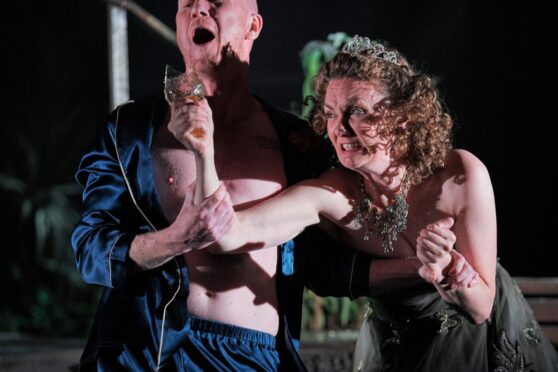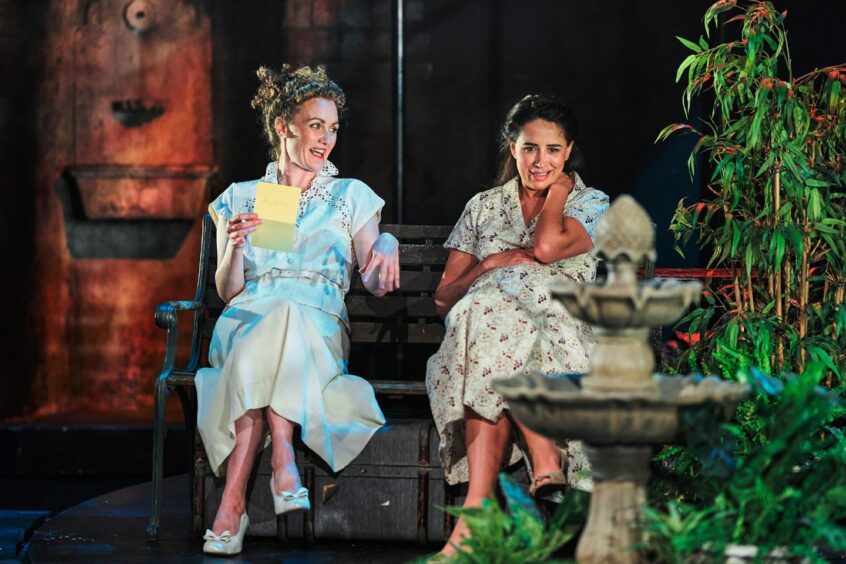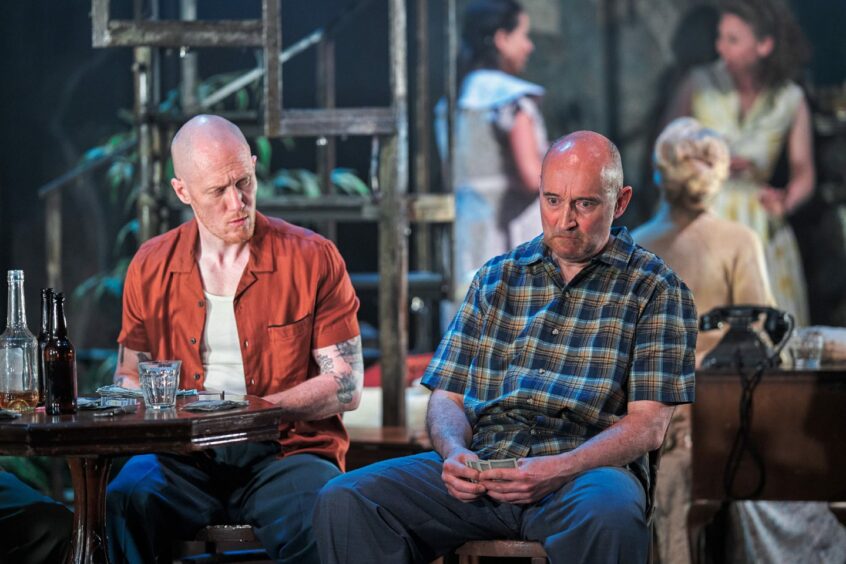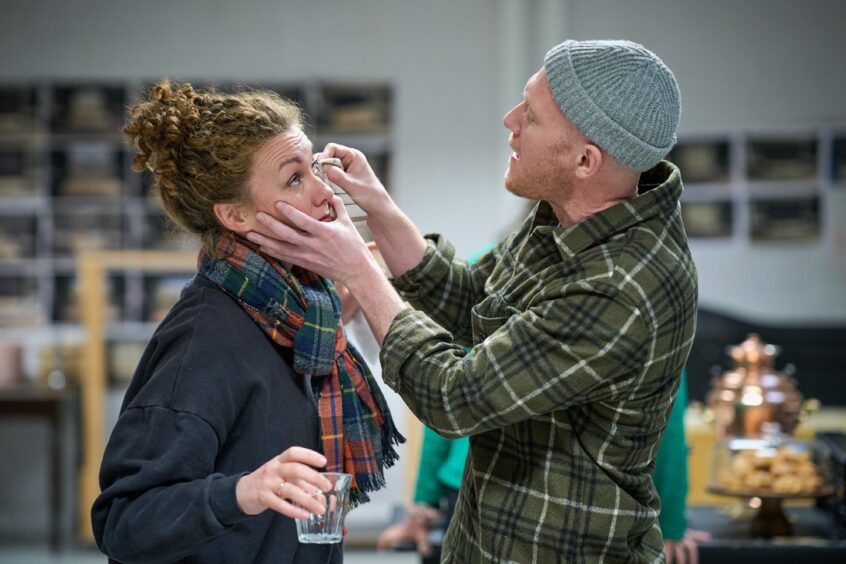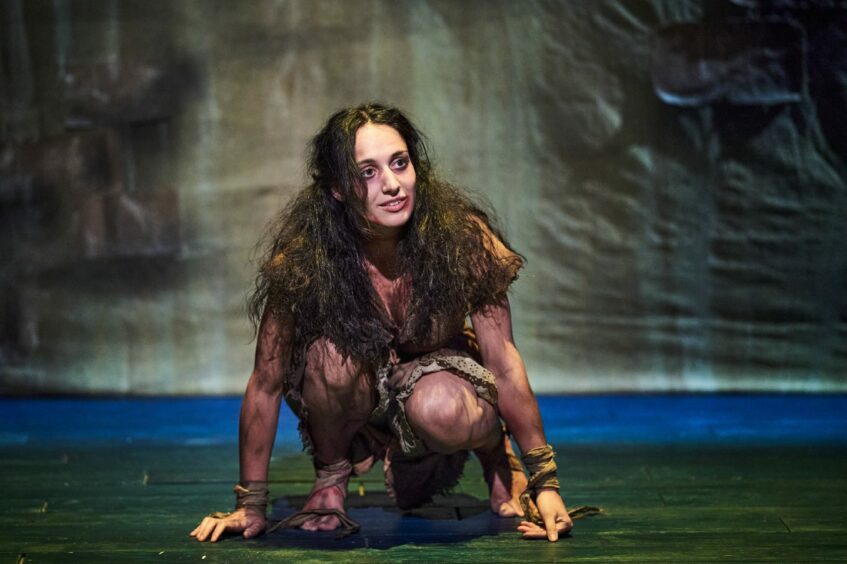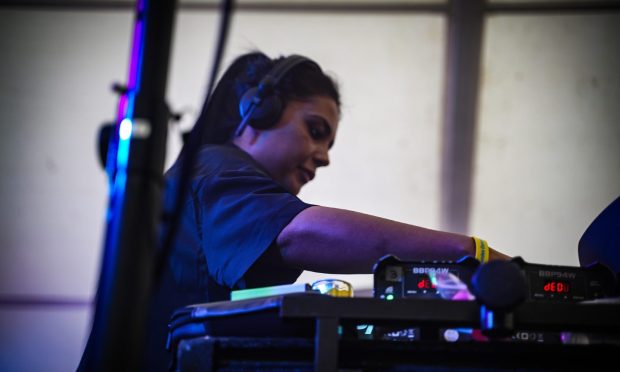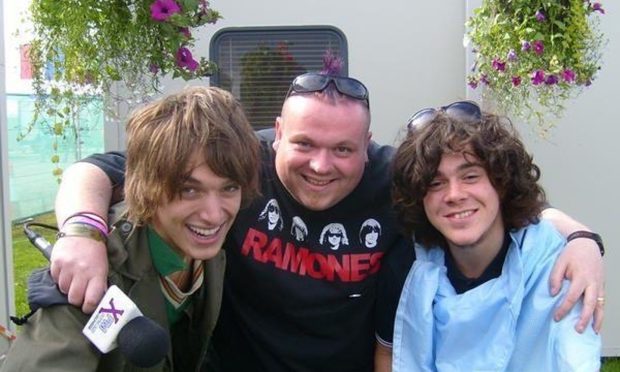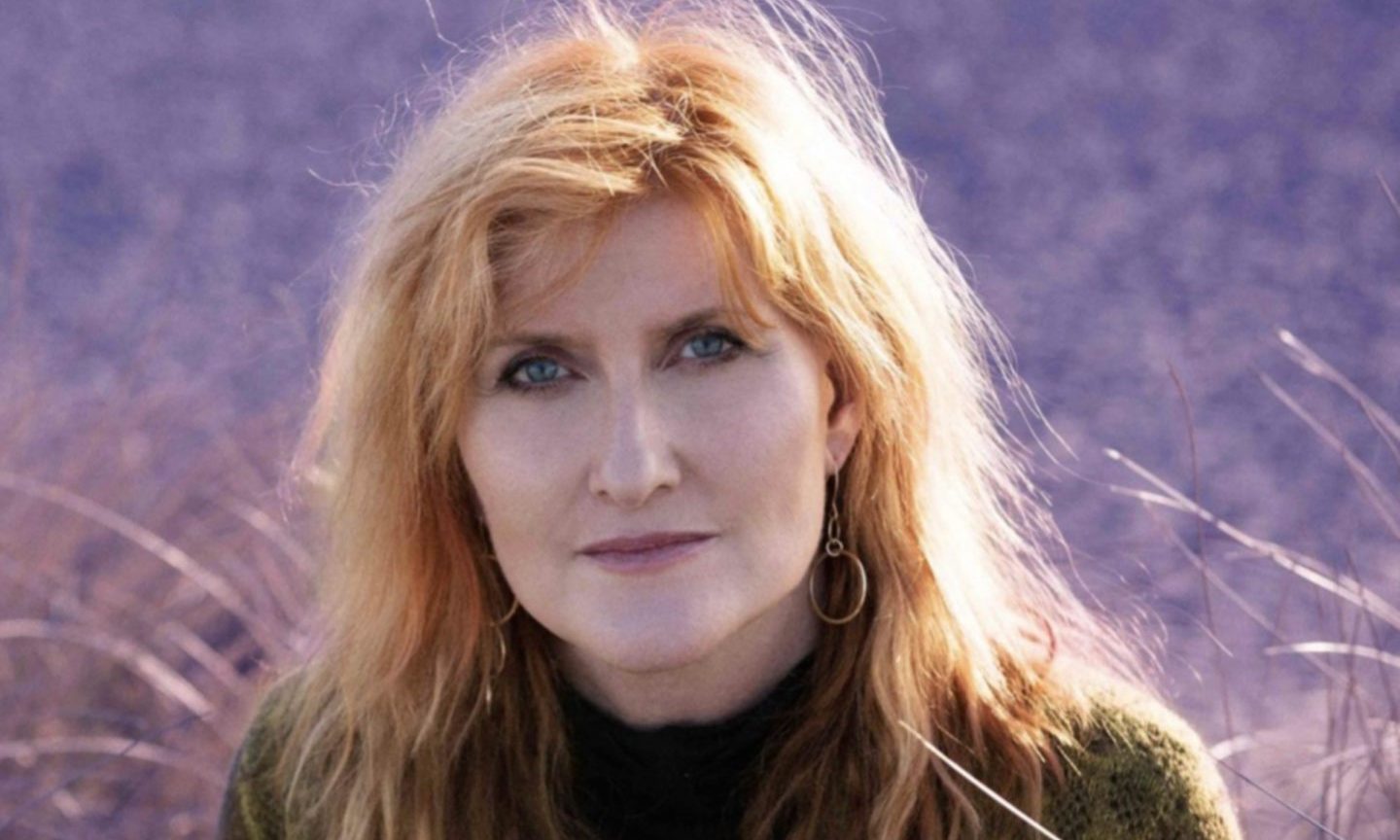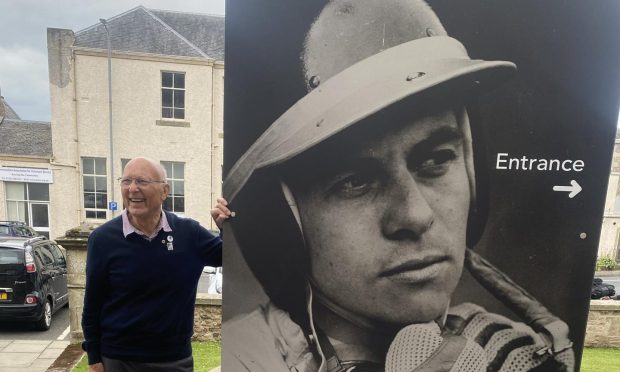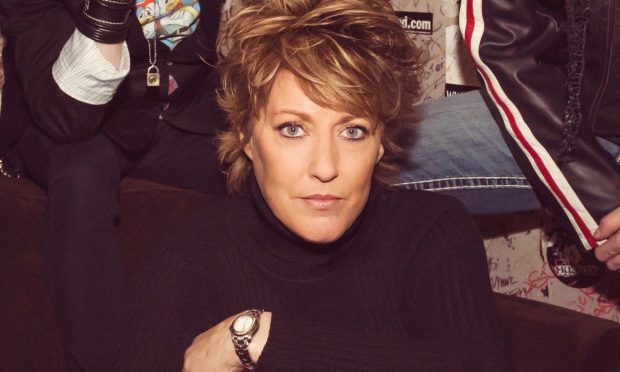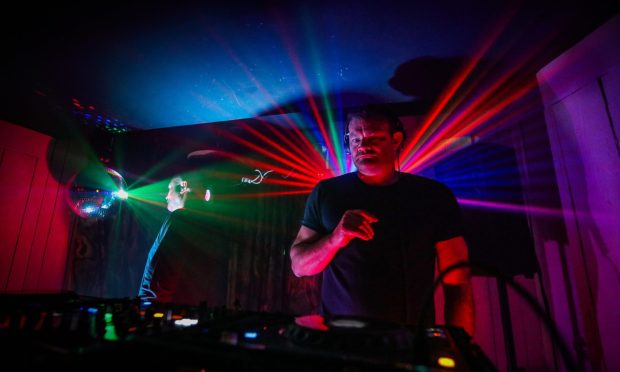A Streetcar Named Desire is one of the greatest plays ever written,” says Elizabeth Newman, artistic director at Pitlochry Festival Theatre, where Tennessee Williams’ classic opened this month as part of another powerful repertory season in Highland Perthshire.
“It’s big, it’s epic,” she continues. “People have a social memory of it, even if they’ve not seen it – they know there’s a world of a play that Tennessee Williams created, and I think that’s really exciting.
“As we continue to work our way out of the pandemic, doing a really great big play with our amazing ensemble felt like a brilliant thing to do. If ever there was an organisation that should be producing A Streetcar Named Desire, it’s Pitlochry.”
Most well-known for the 1951 film version starring Marlon Brando, Williams’ original 1947 play takes fallen Southern belle Blanche DuBois to the mean streets of New Orleans, to live with her sister Stella and Stella’s impassioned but dangerous husband Stanley Kowalski.
Now the reviews for the Pitlochry production are rolling in, and the 20th century play holds up.
“The play is still relevant today, because everything Williams wrote about human beings and the contradictions we all live with every day remains true,” says Newman.
“The world is still full of Stanleys and Blanches and Stellas, nobody can argue with that. The observations he made about these people, about who they are and the challenges they’re faced with, are unfortunately the same as well.”
Blanche a ‘bucket list part’ for Kirsty Stuart
In Pitlochry’s version, Matthew Trevannion is Stanley, Nalini Chetty is Stella and Kirsty Stuart – a highly-regarded Pitlochry alumnus, whose first and last casting in their summer ensemble fell to the cancellation of 2020 – is Blanche.
“I’ve never done Streetcar, or any Tennessee Williams,” says Stuart. “Blanche is an absolute bucket list part to be playing.
“When I was offered it I was never in doubt that I would take the job, but there’s a fair amount of pressure, knowing you’re taking on such an iconic role. I wanted to make sure I did her justice, and did Tennessee Williams justice as well.
“Blanche is an incredibly complex woman with a lot of foibles. She comes from an Old World, privileged background and enters into Stella and Stanley’s world, which is very much not that, with strong opinions about it. She’s very human in all of that.
“Yes, she’s a victim of circumstance throughout the play, but she’s also not a complete heroine. It’s been a lot of fun delving into that and trying to discover all the facets of her character.”
The ambiguity in Williams’ writing and the conflict within his characters is attractive to Stuart.
“Blanche gets described in her first entrance onstage as like a butterfly, like a moth, but I felt keen that she wasn’t just going to be wafting around the stage and playing the victim,” she says.
“What’s brilliant about the writing is that Williams creates not just black and white goodies and baddies. They’re really complex, it’s a clashing of worlds, of people who are unable to step over and be empathetic to the other side.”
‘No heroes or villains’ in Williams’ work
Newman describes Stuart’s work in the rehearsal room – and that of the whole ensemble – as “utterly extraordinary”.
They all understand everything Tennessee Williams was getting at,” she says.
“He was really clear that people are contradictory; that on the one hand Stanley can be somebody who is capable of rape, but on the other hand somebody who stands up to people who are being xenophobic.
“These two things can exist inside a person, in the same way Blanche is vain and obsessed with class, but also fragile and grief-stricken.
“In Tennessee Williams’ plays there are no heroes or villains, there are people who make the wrong decisions or the right decisions.”
Stuart notes the conflict between her and Trevannion’s parts in Streetcar, and their roles as star-crossed, married lovers Laura and Alec in this month’s other big Pitlochry opening, Emma Rice’s adaptation of the 1945 film Brief Encounter (which was itself adapted from screenwriter Noel Coward’s play Still Life).
Brief Encounter follows married lovers
“It’s a beautiful piece,” says Stuart. “Matt and I are the couple at the centre of it, but surrounding it you have five incredible musicians and actors, who play two other couples within the story.
“As the other couples are able to come together and fulfil their relationships, Alec and Laura have to do the opposite and realise they can’t be together, that their respect for their partners and families means they can’t carry on.
“It’s a very different feel to Streetcar, but it’s of the same time, the 1940s, so you have a similarity there in terms of the social restraints and expectations on men and women.”
Speaking just after discovering that Pitlochry Festival Theatre’s shows have been nominated for a large number of Critics’ Awards for Theatre in Scotland this year, it’s a good time for Newman to be talking up the first shows of another exciting summer season.
The Maggie Wall is back – and going to Aberdeen
Also opening in the theatre’s studio this month is Martin McCormick’s The Maggie Wall, a tale of witchcraft and persecution which was first seen last year in the venue.
“When I first read The Maggie Wall, I thought it was one of the best new plays I’d read in a very long time,” says Newman.
“Then when we made it, luckily the audience thought the same. Amy (Liptrott, the play’s director) has become the director of Aberdeen Art Centre, so we’re reviving it, she’s taking it to Aberdeen, then we’ll do a little tour of it.
“We’re really excited.”
A Streetcar Named Desire is at Pitlochry Festival Theatre until Saturday September 30. Brief Encounter runs from Friday June 16 until Friday September 29. The Maggie Wall runs from June 9-28.
